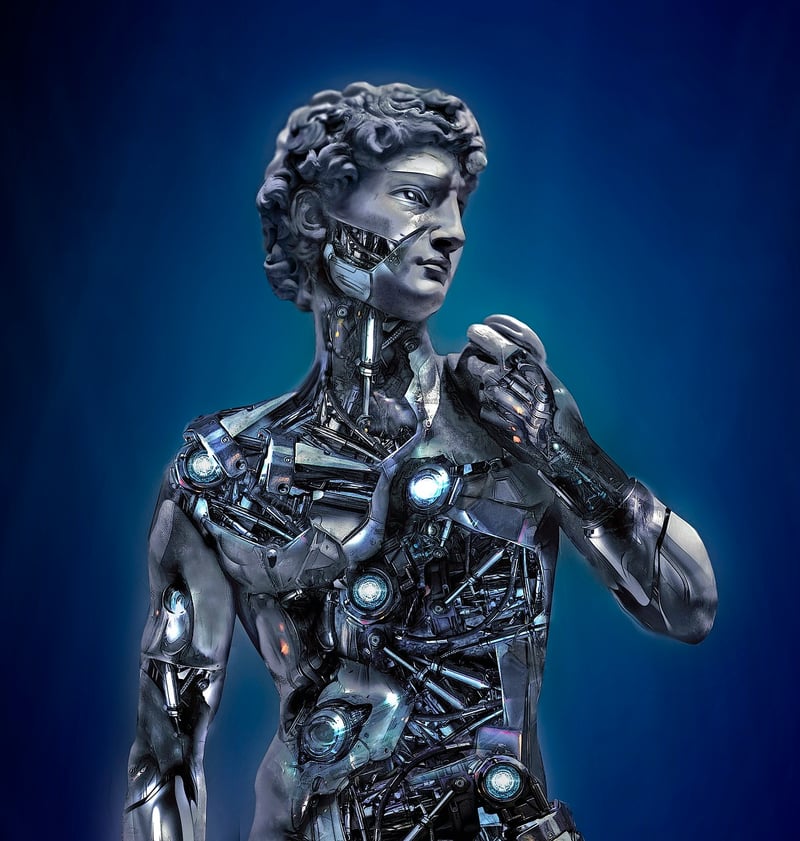Robotic Probes
The Future of Space Exploration: Cutting-Edge Innovations + Robotic Probes
Space exploration has always been a fascinating subject for humanity. The desire to uncover the mysteries of the universe has driven scientists and engineers to develop cutting-edge innovations that push the boundaries of technology. One of the most significant advancements in this field is the use of robotic probes to explore distant planets, moons, and asteroids.
Robotic Probes: The Pioneers of Space Exploration
Robotic probes are unmanned spacecraft designed to explore space and gather data without risking human lives. These probes are equipped with sophisticated instruments and cameras that allow them to study celestial bodies in great detail. They have revolutionized our understanding of the solar system and beyond by providing valuable information about planets, their atmospheres, and geological compositions.
Key Benefits of Robotic Probes
- Cost-Effective: Robotic probes are more cost-effective than manned missions, making them ideal for exploring distant or hazardous environments.
- Extended Mission Duration: Probes can operate for extended periods, allowing for long-term observations and data collection.
- Risk Reduction: By sending probes instead of humans, the risk to human life is significantly reduced.
- Accessibility: Probes can access areas that are currently unreachable by humans, such as the harsh environments of Venus or the distant outer reaches of the solar system.
Recent Innovations in Robotic Probe Technology
Recent advancements in robotics, artificial intelligence, and propulsion systems have greatly enhanced the capabilities of robotic probes. Some of the notable innovations include:
- Autonomous Navigation: Probes can now navigate autonomously, making real-time decisions based on the data they collect.
- Sample Return Missions: Some probes are equipped to collect samples from other celestial bodies and return them to Earth for further analysis.
- Swarm Robotics: Multiple smaller probes can work together in a coordinated manner to achieve complex tasks and cover larger areas.
Future Prospects and Exciting Missions
The future of space exploration looks promising with several exciting robotic probe missions planned in the coming years. From exploring the icy moons of Jupiter to studying the atmosphere of Mars, these missions will continue to expand our knowledge of the cosmos.
Exciting upcoming missions include the Europa Clipper mission to Jupiter's moon Europa and the Mars 2020 rover mission to search for signs of past life on the Red Planet.
Image Gallery


Conclusion
Robotic probes are at the forefront of space exploration, paving the way for humanity to reach new frontiers and unravel the mysteries of the universe. With continuous advancements in technology, these probes will play a crucial role in expanding our understanding of the cosmos and shaping the future of space exploration.
So, buckle up and get ready to witness the next wave of groundbreaking discoveries brought to us by these remarkable robotic explorers!
